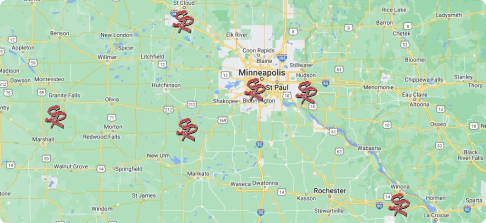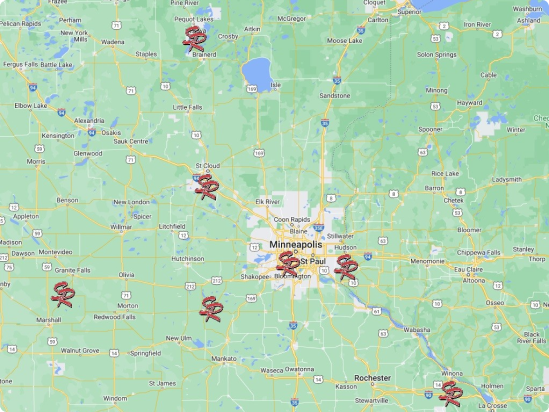There it is, up on the ceiling. It’s the dreaded wet stain. A spot that stares back at you, making it seem like nothing else in your house matters more. Granted, it’s not the worst thing that can happen to a homeowner, but finding a wet spot on the ceiling is never something to be happy about. It means at the very least that moisture has gotten into your home. At worst, it’s a sign that something very wrong is going on in your ceiling.
What Causes Wet Spots on a Ceiling?
Wet stains appear on drywall ceilings when water has seeped through the material and stayed there for a while. If the spot is on the first floor of your home, it could mean that there is a leak in an upstairs appliance or a pipe that is running through that section of the home. If it is on the second floor of your home, the most likely culprit is a leaky roof.
Most residential roofing materials begin to fade and weaken over time. When exposed to the elements, especially heavy rain or snow, water has a way of breaking through and into your home. Whether you have an attic space or not, it will eventually come through the ceiling and into your living space. Water stains on your ceiling are the first sign that this is happening.
Special Tip: If you have access to your attic, take periodic trips up there when it rains to look for wet spots on the underside of your roof. This will allow you to catch leaks sooner before they have a chance to seep through your ceiling and into your home.
What to Do If Your Ceiling Has Water Stains
The first thing you want to do is find the source of the water (i.e. the leak, etc.) and put a stop to it. If it’s a leak in your roof you are dealing with and are unsure where the water is coming from, contact a roofing repair company to come and inspect your roof. They will be able to find and put a stop to the leak. Keep in mind that, depending on the age of your roof, a full replacement may be necessary.
The second step is to assess the damage that has already been done to your home. If you use your attic space for storage, check what was underneath the leak to see if any water damage has occurred to whatever is stored there. It’s important to thoroughly dry things as soon as possible to prevent further damage and mold.
Check Your Insulation
For water to get down into the main area of your home, it had to travel through your attic insulation. This means there is likely water damage to any of the affected insulation. To prevent mold from growing and spreading, it’s important to remove any wet and water-damaged insulation and discard it. This insulation will also need to be replaced.
Can You Repair the Spot on the Ceiling?
Last, but certainly not least, you’ll want to repair the wet spot on your ceiling (you know, the whole thing that started this mess?). Whether or not you can (and should) repair the spot will depend on how bad the damage is. If it was an especially large spot that was exposed to a lot of water for a prolonged period, you’ll likely have to replace the entire piece of drywall. If the spot is small and limited to a small space, you should be able to cover it with a mold-resistant, stain-blocking primer before painting over it. Before you apply any primer, it’s also a good idea to clean the spot with some soapy water to kill off any mold that may have developed over time.
Remember, the most important thing is finding and stopping the leak right away!


